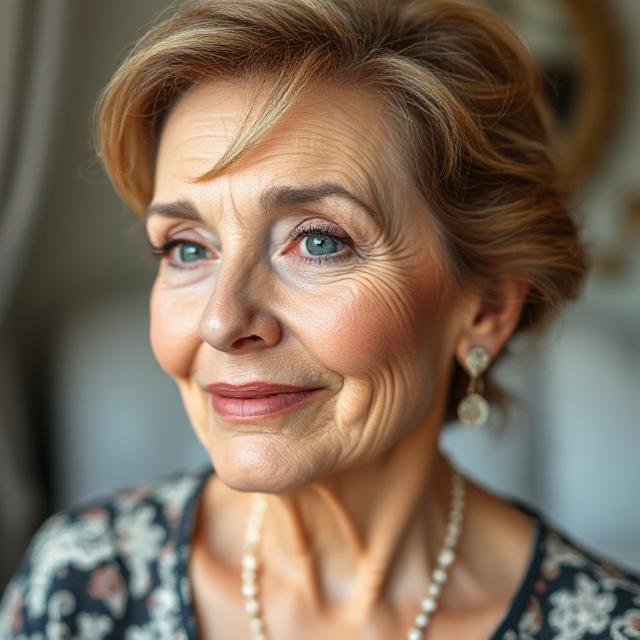As we age, our skin naturally undergoes changes—becoming drier, thinner, and often more textured. These shifts can make makeup application a little more challenging, especially when aiming for a smooth, fresh, and youthful appearance. Gone are the days when we could simply slap on foundation and run out the door. Now, it takes more thought, technique, and tailored products to avoid the dreaded cakey look. But fear not—achieving radiant, smooth makeup after 50 is absolutely possible. The key lies in prepping your canvas, choosing the right formulas, and applying products with intention. Whether you’re aiming for an everyday glow or a polished evening look, these 8 expert-backed tips will help you master makeup that enhances—not hides—your beautiful, mature skin.
1. Hydration is the First Layer of Makeup
Think of hydrated skin as the ultimate base for flawless makeup. Dehydrated or dry skin exaggerates texture and lines, making foundation settle and cake up. Before even picking up a makeup brush, prep your skin with a hydrating serum and moisturizer suited for mature skin. Ingredients like hyaluronic acid, squalane, and peptides plump up fine lines and create a smooth surface. Don’t forget a gentle exfoliation once or twice a week—dead skin cells can cause makeup to flake and grab unevenly. Follow with a lightweight, nourishing eye cream to smooth crow’s feet and under-eye creases. Let the products absorb for at least 5–10 minutes before moving on. Bonus tip: spritz your face with a hydrating mist after skincare and before makeup for added dewiness. When skin is well-hydrated, it reflects light better, foundation glides on like silk, and you’ll need less product overall. A glowing base starts with healthy skin—don’t skip this step.

2. Prime with Purpose, Not Just Habit
Using a primer can be a game changer, but only if you choose the right kind. Many traditional primers designed to blur pores or mattify the skin can be too drying or silicone-heavy for mature skin, resulting in makeup sliding around or settling into lines. Instead, opt for a primer that offers hydration, luminosity, or a slight tackiness to grip makeup. Look for formulations with ingredients like glycerin, niacinamide, or vitamin C. A smoothing, nourishing primer fills in fine lines and creates a more uniform surface without drying you out. Focus the product on areas where foundation tends to break up—around the nose, chin, and between the brows. Skip heavy pore-filling primers unless you’re targeting a very specific area. Remember, less is more: over-priming can counteract your efforts and lead to buildup. When applied correctly, primer doesn’t just extend your makeup wear—it boosts the overall finish, ensuring a seamless, youthful effect.
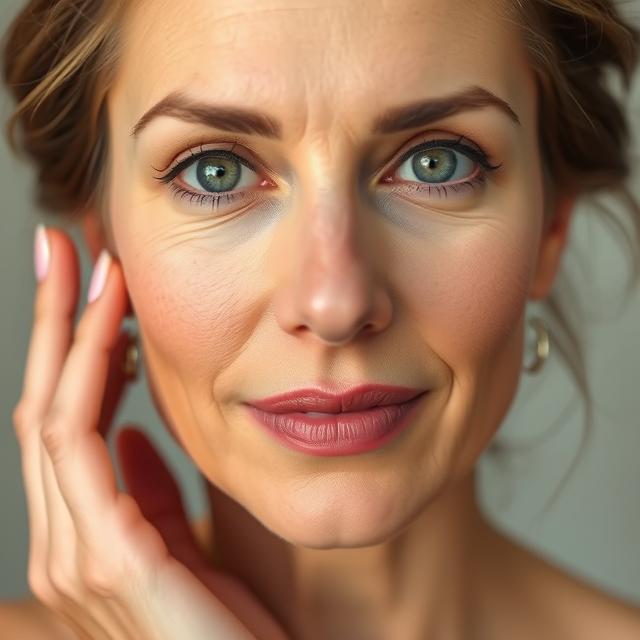
3. Lighten Up Your Foundation Game
Foundation can be your best friend or your worst enemy after 50. The secret is going lighter in texture and smarter in placement. Full-coverage foundations tend to emphasize every crease, while lightweight formulas allow your natural skin to peek through, lending a youthful, breathable look. Opt for serum foundations, tinted moisturizers, or skin tints that offer hydration along with pigment. Instead of slathering it all over your face, apply foundation strategically—start in the center of the face where redness and discoloration are most common and blend outward using a damp sponge or soft brush. Avoid layering too much over expression lines; let your natural skin show through. Also, make sure your foundation shade matches both your face and neck to avoid harsh lines. Choose formulas with a radiant or satin finish, which reflect light and soften the appearance of fine lines. Embrace your skin—don’t mask it.
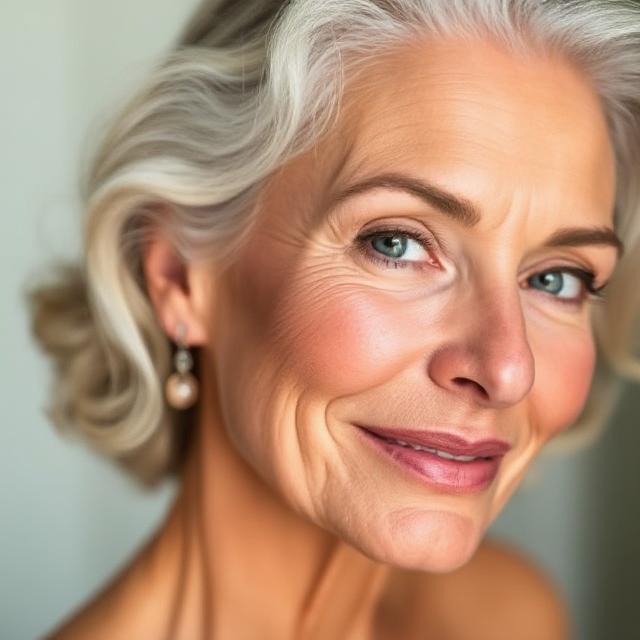
4. Conceal with Precision, Not Abundance
Over-concealing is one of the most common culprits behind cakey, creased makeup on mature skin. While it’s tempting to pile on product to cover dark circles, redness, or spots, doing so can draw more attention to the very areas you’re trying to disguise. The trick is to use a creamy, lightweight concealer with good pigment payoff—just enough to correct without caking. For under-eyes, choose a formula that’s hydrating and light-diffusing, and use a minimal amount. Apply it only where needed—typically the inner corner of the eye and directly under the pupil. Use your ring finger or a damp sponge to gently blend, avoiding pulling or tugging on delicate skin. If redness or hyperpigmentation is a concern, opt for color correctors under your concealer—a peach or salmon tone works wonders on dark circles, while green neutralizes redness. Set only the areas where concealer tends to move with a tiny amount of translucent powder.
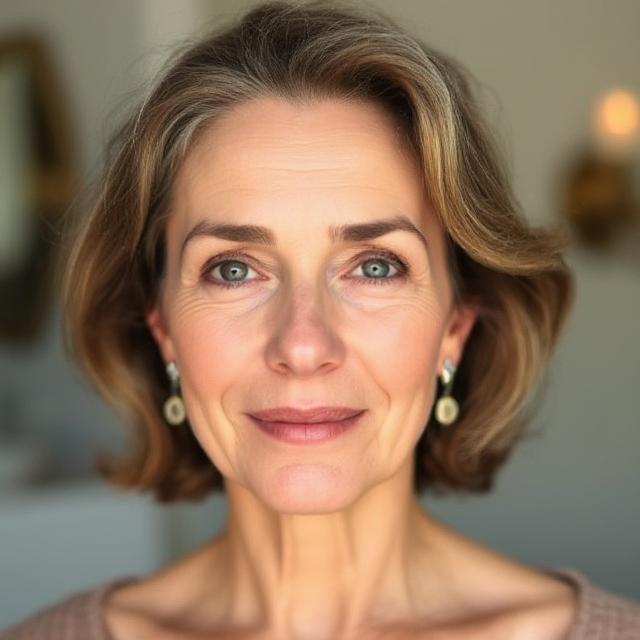
5. Creams Over Powders—Always
Powder formulas tend to sit on top of mature skin, emphasizing texture, dryness, and lines. Cream products, on the other hand, melt seamlessly into the skin, creating a second-skin finish that moves with your expressions. From blush to bronzer to highlighter, opt for creamy, balm-like textures that bring life and luminosity to your complexion. A cream blush applied to the apples of your cheeks and blended upward gives a natural, youthful flush. Use a cream bronzer to add warmth and subtle contour, focusing on the forehead, cheekbones, and jawline. Cream highlighters add a soft, lit-from-within glow when dabbed lightly onto the high points of the face—cheekbones, brow bones, and Cupid’s bow. Use your fingers or a dense brush to blend for the most skin-like effect. Creams not only look more natural, but they also hydrate and plump the skin, enhancing its overall vitality. Powder has its place—just use it sparingly.
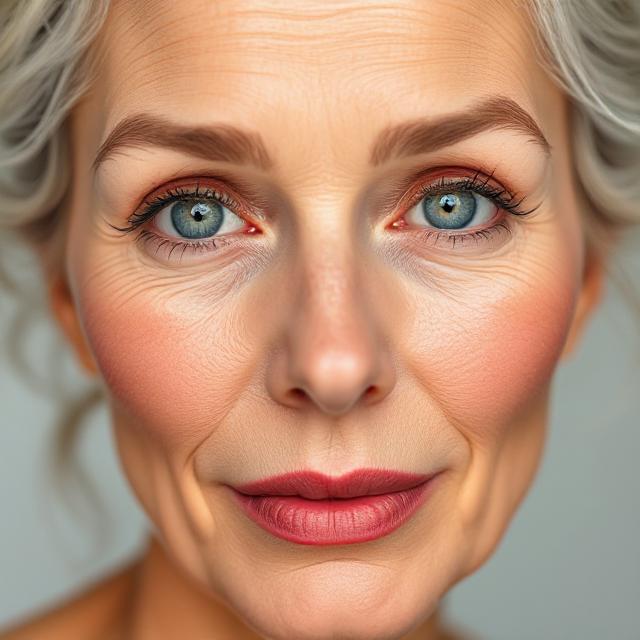
6. Don’t Skip Brows—They Frame the Face
As we age, brows naturally become sparser and lighter, which can throw off the balance of our facial features. Rebuilding those brows brings instant structure and lifts the entire face. Start by brushing your brows upward with a spoolie to reveal their natural shape. Then, using a fine-tipped brow pencil or tinted brow gel, mimic hair-like strokes in sparse areas. Focus especially on the arch and tail, as these are key to a lifted, youthful look. Avoid overly dark or harsh lines—a shade slightly lighter than your natural hair color often looks softer and more flattering. Set the brows with a clear or tinted gel to keep hairs in place and add a polished finish. If you’ve never filled in your brows before, it may take a little practice, but the payoff is huge. Defined, natural-looking brows act as a visual anchor, making your eyes and overall makeup look more complete and harmonious.
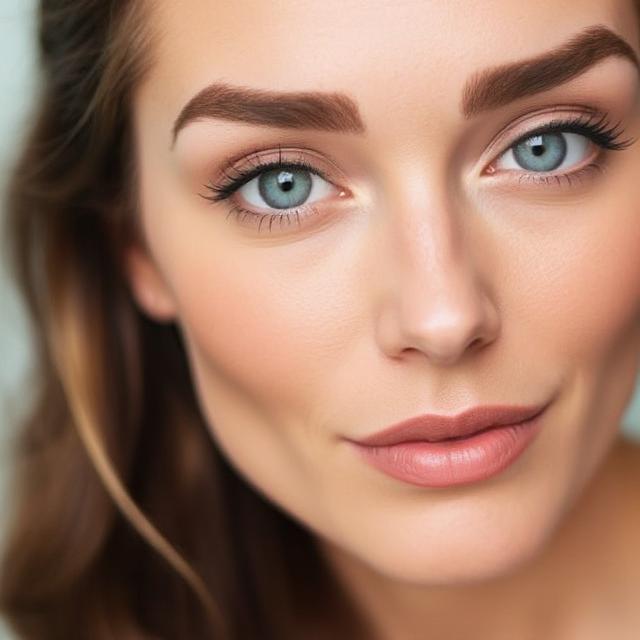
7. Eyes Need Soft Definition, Not Drama
Heavy eyeliner, frosty shadows, and bold smoky eyes can overpower mature eyes and accentuate sagging or texture. Instead, go for soft, lifted definition. Start with a neutral, matte eyeshadow in a taupe or soft brown and sweep it gently above your crease to create the illusion of depth and lift. Avoid shimmers on crepey lids—opt instead for satin finishes that catch light without highlighting texture. For eyeliner, choose a pencil or gel in brown, gray, or plum—something softer than stark black. Apply it as close to the upper lash line as possible, focusing on the outer third of the eye, and smudge it slightly for a more diffused look. Skip the lower lash line altogether or use a light brown shadow to gently define. Curl your lashes and apply a lengthening (not volumizing) mascara to open the eyes. The goal is to enhance your natural shape and bring brightness—not heaviness—to the eyes.
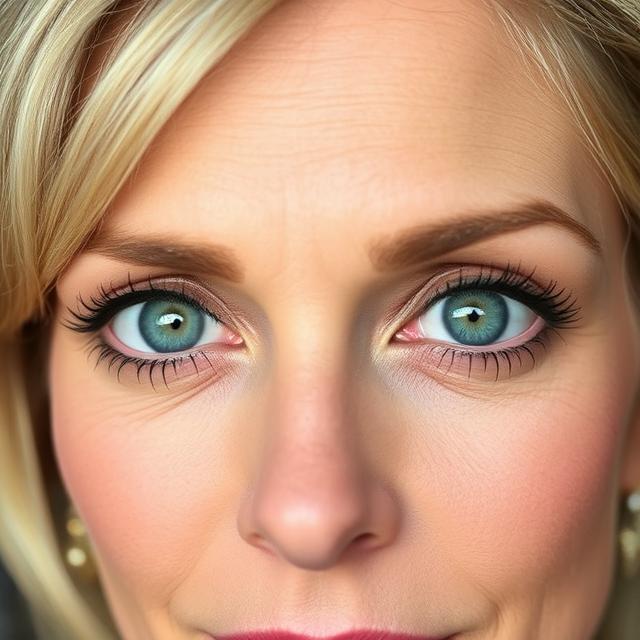
8. Set Strategically—Don’t Drench Your Face in Powder
The old-school habit of setting your entire face with powder can be counterproductive as we age. Powders cling to fine lines and dry patches, creating a dull, heavy finish. Instead, set your makeup only where it needs help staying in place—typically the T-zone, under the eyes, and around the mouth. Use a finely milled, translucent powder and apply it with a small fluffy brush or puff, pressing gently rather than sweeping. Less is truly more here. Alternatively, try a setting spray designed for mature skin—it locks in makeup while adding hydration and a natural glow. Look for formulas with soothing ingredients like rose water or cucumber extract. If you get shiny throughout the day, use blotting papers or a touch-up balm instead of piling on more powder. Smart setting ensures your makeup stays fresh and radiant without looking flat or overdone. This is the final step to locking in a smooth, cake-free look.
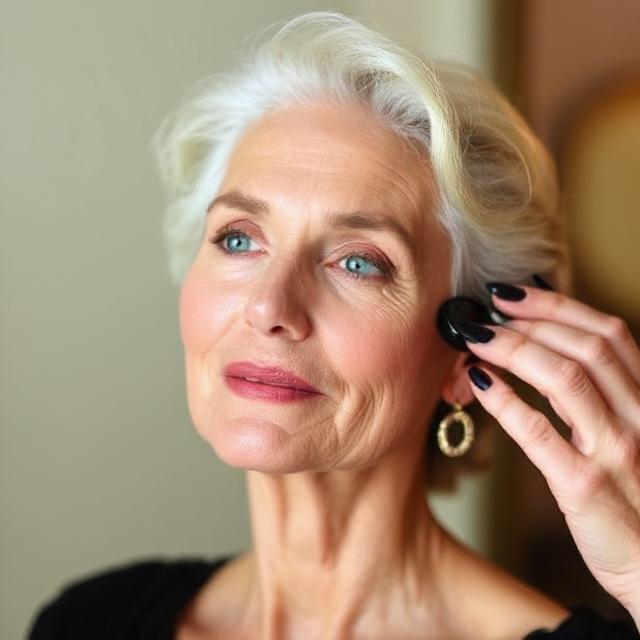
With the right techniques and a little product know-how, flawless, cake-free makeup after 50 is not just achievable—it can become your everyday reality. Your skin may have changed, but your beauty hasn’t diminished. It simply requires a bit more intention, care, and strategy. Focus on hydration, choose textures that work with—not against—your skin, and remember that enhancing your natural features is the most elegant approach. Makeup isn’t about covering up—it’s about celebrating the skin you’re in, at every age.
